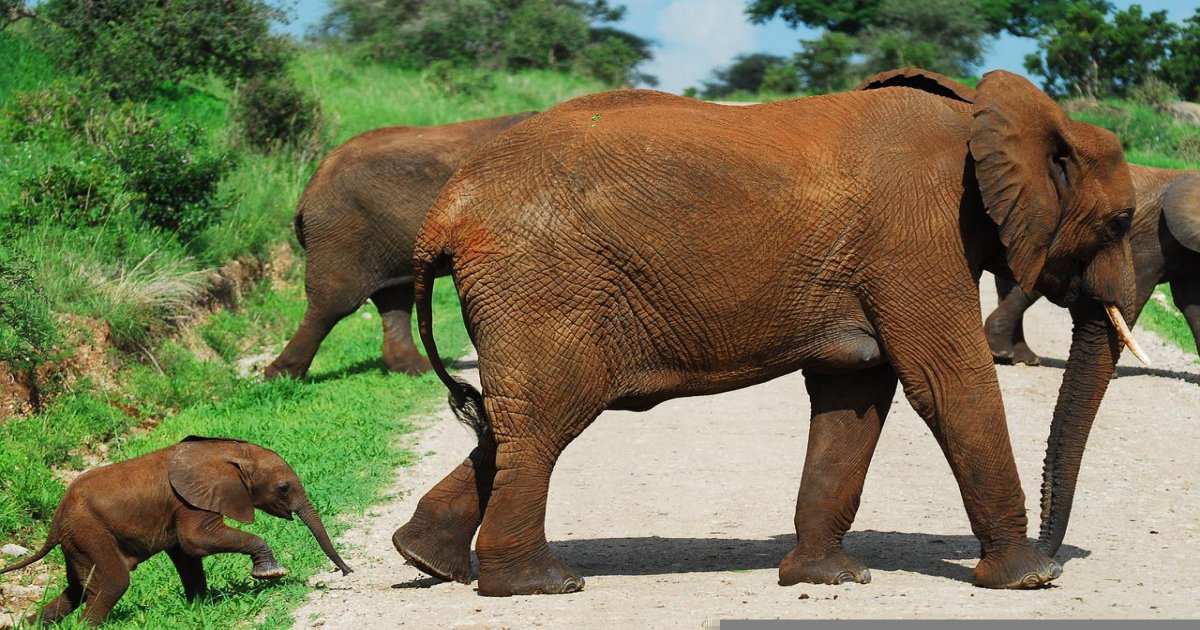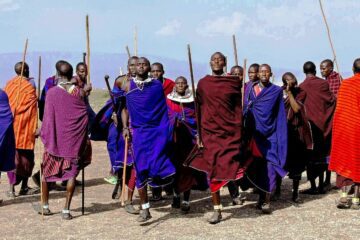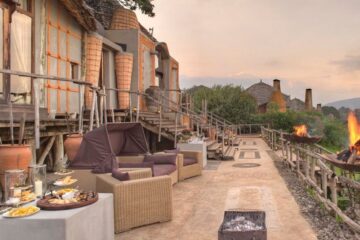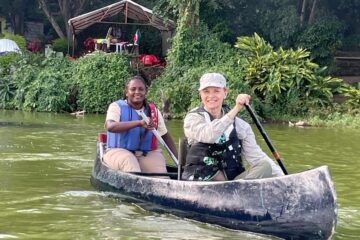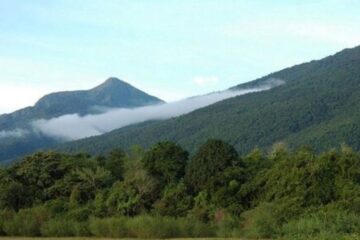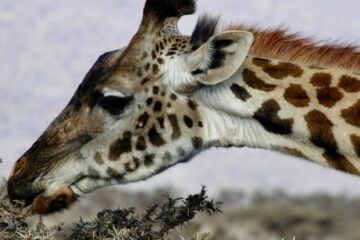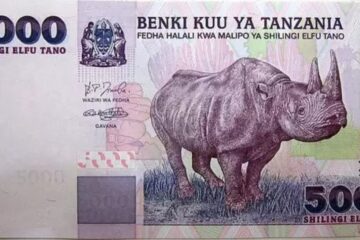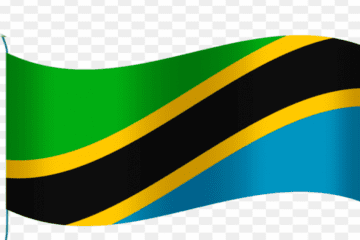The large number of elephants, wildlife migration, baobab trees (which grow in open acacia), and tree climbing African pythons among wonderful things to see in Tarangire National Park, making it a popular safari destination in Tanzania.
Tarangire National Park is Tanzania’s sixth largest national park, following Ruaha, Serengeti Mikumi, Katavi, and Mkomazi. The park gets its name from the Tarangire River, which runs through its beautiful landscape.
The following are the top Tarangire National Park attractions, highlights, and things to see.
1. Tarangire’s Wildlife Migration
Tarangire is one of the most seasonal parks in northern Tanzania, with a lot of migratory movement within the Tarangire ecosystem. Tarangire National Park is approximately 120 kilometers from Arusha and is located to the south-east of Manyara National Park.
During the dry season, which lasts from June to October, most of the Tarangire Region is completely dry, with only a few surviving water sources. Unimaginable large herds of various animals move into the park, drawn by the waters of the Tarangire River. This massive wildlife movement, though not as large as the more well-known Annual Wildebeest Migration, sees a large number of elephants, hartebeests, wildebeests, gazelles, and zebras, as well as several predators such as lions and leopards, enter the park. Make this park a part of your safari in northern Tanzania because the vegetation is thin and dry, providing excellent wildlife viewing.
2. The largest population of elephants in Tanzania
The Tarangire National Park’s elephant population, which is the largest in all of Tanzania, is one of the primary attractions that have contributed to its international popularity. As the dry season from June to October progresses and the environment becomes increasingly dryer, you will observe numerous elephant herds of over 300 individuals each digging into the dry riverbed of Tarangire River in quest of subsurface water sources to quench their thirst.
On the other side, the coming of the rains provides enough pastures and water, causing the animals to disperse across the park. However, due to the abundance of elephants in the park, it is still possible to view these land giants even during the rainy season.
During the dry months of June to October, elephants congregate in great numbers. After migrating from the Masaai Mara, the wildlife congregates by the river.
3. Animals / Fauna in Tarangire
This park has a surface area of 2,850 square kilometers and is home to an abundance of species, including zebras looking for underground streams in dry river beds and herds of up to 300 elephants. Migratory wildebeest, eland, gazelle, impala, zebras, kudu, rhino, hartebeest buffalo, and other smaller species congregate around the decreasing lagoons. Additionally, arid country antelopes like as the long-necked gerenuk and fringe-eared Oryx are frequently sighted.
Mongoose colonies are frequently supported by deserted drifts (anthills).
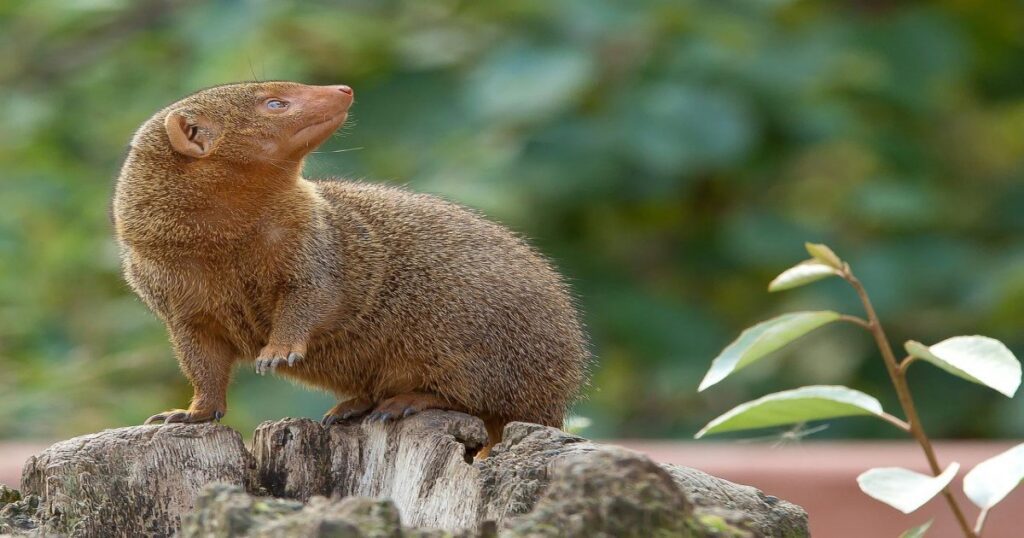
As in any other park in northern Tanzania, the dense forest typically conceals the primary predators, who are always there but difficult to spot.
4. Bird watching at Tarangire
Experience the thrill of discovering a diverse array of vibrant and rare bird species. The marshes that are dispersed across the landscape of Tarangire provide a home for more than 550 distinct species of birds. Because of this, Tarangire is a well-known place to go on safari for people who are interested in birds and who can keep their attention for extended periods of time. Some type of birds that you can find in Tarangire park are: the crested francolin, the hoopoe, the yellow necked spurfow, the hornbills, the guinea fowl, the steppe eagle, the brown parrot, the gigantic lappet-faced vulture, the white-bellied go away bird, the bateleur eagle, the mousebird, the Kori bustard, the yellow-collared lovebirds, the bee-eaters and many more.
5. The impressive Baobab Tree
The baobab tree, often known as the Tree of Life, is another one of the park’s most distinctive features and things to see and can be seen in abundance throughout Tarangire National Park. It has the capacity to hold between 300 and 1000 liters of water within its trunk, earning it the adjective “gigantic” status. They enjoy a long life span and have been known to live for up to three hundred (300) years. Many different kinds of animals make use of this tree as a substantial source of food because they often consume the tree’s edible seed. On the other side, elephants use the bark of these trees to hone the sharp edges of their enormous tusks.
It is stated that these trees could easily roam over the African continent; however, their random movement annoyed God, and he decided to plant them upside down in order to prevent them from ever moving again. This story is told in accordance with the folklore that is prevalent in the area.
6. The Wetlands
The park is mostly made up of a large network of swamps, which are mostly in the south and east of Tarangire. Many birds and animals, like tree-climbing pythons, silale-swamp lions, African wild dogs, cape buffaloes, and even elephants, live in these swamps. the Donaldson-nightjar, Smith’s the Vulturine Guinea fowl, Some of the bird species that can be seen in this area are the Yellow-collared lovebird, the Great white pelican, the White-faced Whistling-Duck, the Mouse-colored penduline tit, the Rufous-tailed weaver, the Fulvous Whistling-Duck, the Northern pied babbler, the Von der Decken’s hornbill, the Northern white-crowned shrike, the Pink-breasted lark, the O
7. Sightseeing Trips
The Tarangire River is the most important thing in this park. Even when it’s very dry, the park is full of acacia shrubs and other plants. The big baobab trees, which are all over the place, make your safari trip one to remember.
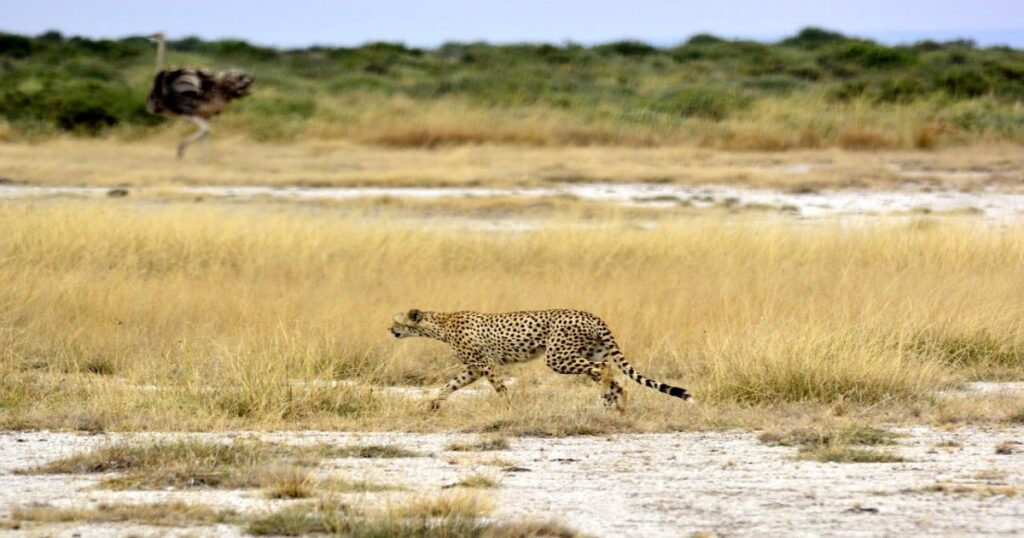
Even though the park is hidden and not very well known, there are many ways to explore the area on foot.
8. Walking safaris
help you learn more about the smaller animals in the bush land and give you a better way to see the animals up close without bothering them.
Take a trip to a Masaai or Barabaig village near Kolo on the road to Dodoma. These villages have many old paintings that will give you a glimpse into a different world.
Depending on what you want to see in terms of wildlife and birds, you can go to Tarangire National Park on your safari to Tanzania. The best time to go on a safari is between June and September, during the dry season, when you can see the most animals.
9. How to Reach Tarangire
Tarangire is about 120 kilometers from Arusha. It is south of Manyara National Park and to the east of Manyara National Park. Tarangire has a lot of animals that move around because it is one of the most seasonal parks in northern Tanzania.
During the dry season, which lasts from June to October, the Tarangire River is home to a huge number of animals. At this time, there are a lot of elephants. Try to include this park in your northern Tanzania safari. From June to October, when it’s dry, a lot of elephants gather together. After leaving the Masaai Mara, the animals gather near the river.
Please dont hesitate to share your thoughts about the top things to see in Tarangire national park, Scributors will more than happy to recieve them.

